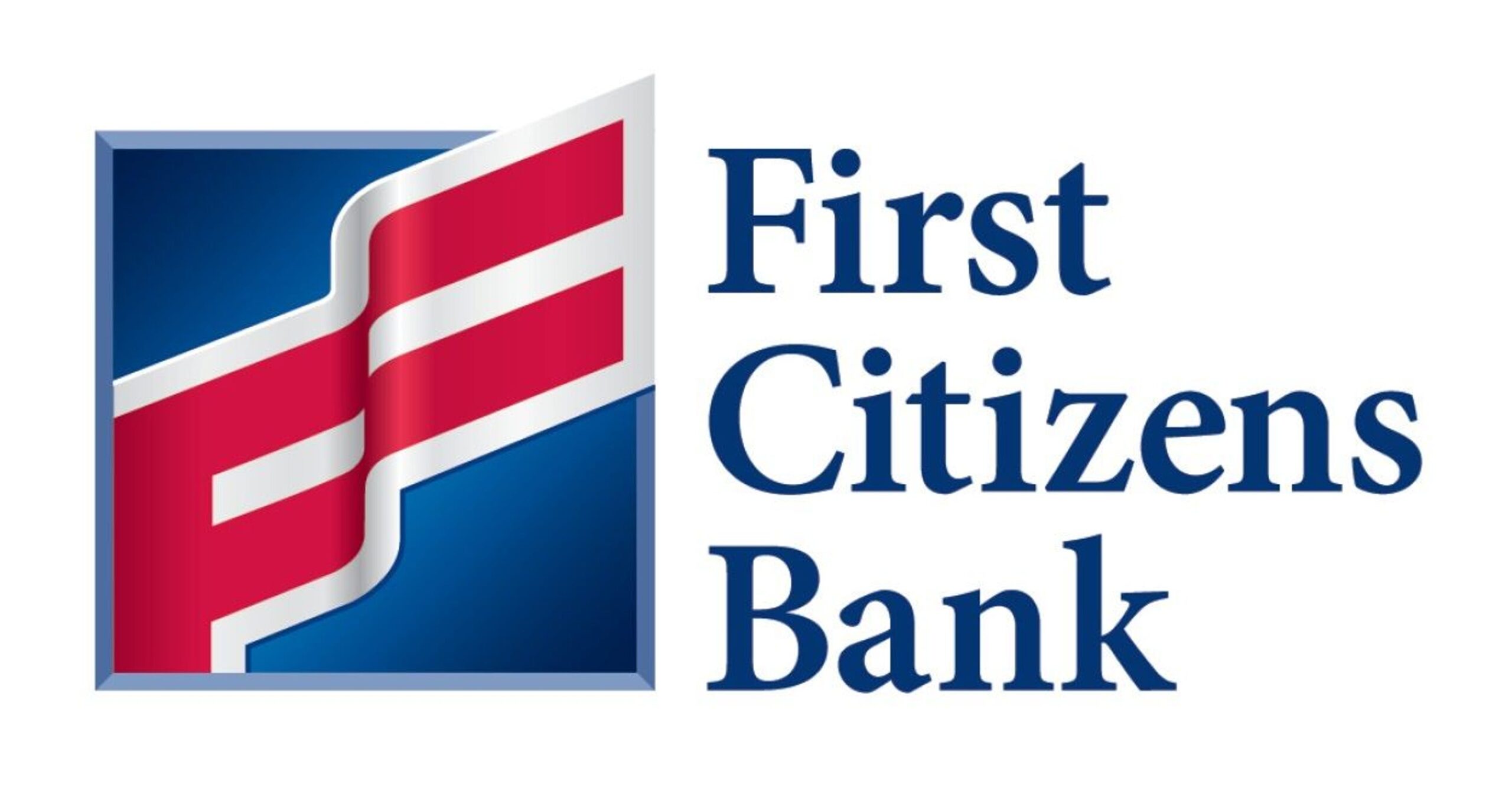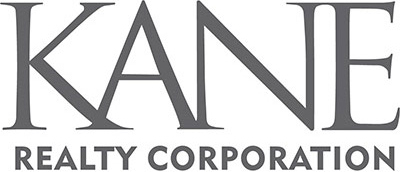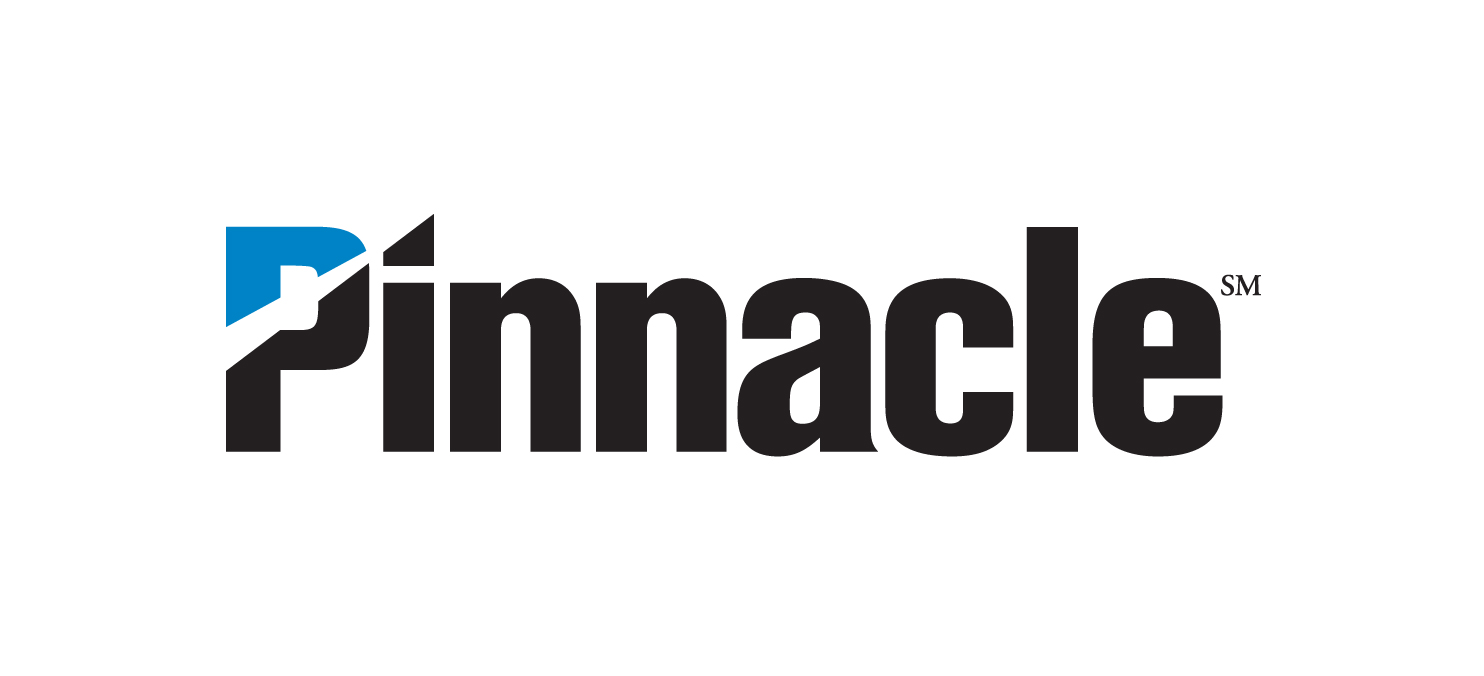Bike, bus, and car lanes – how can they all “fit”?
- March 14, 2019
- Posted by: Joe Milazzo II
- Category: Blog, Thursday thoughts at 3

Transportation is undergoing a fundamental, welcome, but challenging transition, particularly in our urban centers.
Many, but certainly not all, of the users of our downtown street networks arrive and travel by automobile. Cars provide both mobility and accessibility to and within downtowns.
To downtown: For any city or town within the Triangle, cars are often the most time-efficient manner of travel to downtown from an outlying area, although the “last 20 feet” of the journey (i.e., the parking space) can occasionally make that challenging. Transit and bicycling are also an option for some, depending on the from and to points, and these options are improving.
Within downtown: Cars can still be the most time-efficient for getting around downtown areas, and while that is fine for some trips that both begin and end downtown, from a “space efficiency” standpoint, it would help if there were alternatives. Fortunately, that is exactly what is happening in our region.
Transit is being expanded and enhanced throughout our region, thanks to the purposeful investment of county-funded investments on behalf of our voters after successful referenda in 2011, 2012, and 2016. Improvements to bicycle infrastructure on streets are also steadily increasing, through bicycle lanes, dedicated cycle “tracks”, and of course our steadily expanding regional greenway system.
If we think about Downtown Raleigh for a moment — which just had an excellent downtown transportation plan meeting at the Raleigh Convention Center last night, and which launches our region’s newest bicycle share, CitrixCycle, this weekend — one might reasonably ask, “how does this all fit”? More specifically, what is the right allocation of very limited downtown street space among bicycles, buses, cars, and delivery trucks — even scooters? And how do our curbs and sidewalks fit into all of this? (We will focus on scooters in a future blog.)
While there is no “right” answer, I will suggest that one way to think about this question is this: every city is in a constant state of change, whether we are speaking of Raleigh or Rome. From a transportation standpoint, while no mode is inherently “superior” for all trips, it is very reasonable for the community to posit that we will need to rebalance our space and prioritization so that lower impact (e.g., bicycle) and shared (e.g, bus) modes can be more successful.
Another helpful perspective is to remember each of us uses different modes based on circumstances, trip purposes, and so on. As a result, we may be bicycle riders one moment or day, car drivers another, and bus riders a third. And of course, we all depend on commerce to flow through accessibility and mobility for delivery vehicles.
Since there are an infinite number of trip purposes, but a finite amount of street area between the curbs, tradeoffs will need to be made based on both current usage and community priorities. An obvious example, and one that Raleigh is reviewing, is to dedicate a lane for transit on some streets, with dedicated bicycle lanes on different, parallel streets.
Translation: we can get what we are looking for from a multimodal standpoint, although we might have to slide over a street, or take a little longer to get there.
Street space allocation is ultimately an expression of both priorities and purpose, and of competing, legitimate interests and tradeoffs. Dedicating lanes – and signal time and priority – to transit including bus rapid transit will help that mode, and thus our cities, be more successful, by making transit more of a viable option for more people. Over time, we will rebalance the street and curb space again and again, particularly as shared use vehicles become increasingly prevalent.
Given that any trip involves both accessibility and mobility, this rebalancing of street space as our cities grow and options evolve may even be time-saving from a door-to-door standpoint — regardless of your mode of travel.
The bottom line is that, while we are unlikely to eliminate driving in our region’s downtowns, even in our cities of Raleigh and Durham, a degree of vehicle mobility will give way to multimodal accessibility on various streets, with some space reallocated from mixed vehicle traffic or street parking. This does not mean that cars and trucks are not “welcome”, only that they cannot be accommodated at all costs in an urban street grid. That is not anti-car, it is pro-mobility.
Joe Milazzo II, PE
RTA Executive Director
post reference: th3.2019.11
RTA is the voice of the regional business community on transportation
www.letsgetmoving.org























